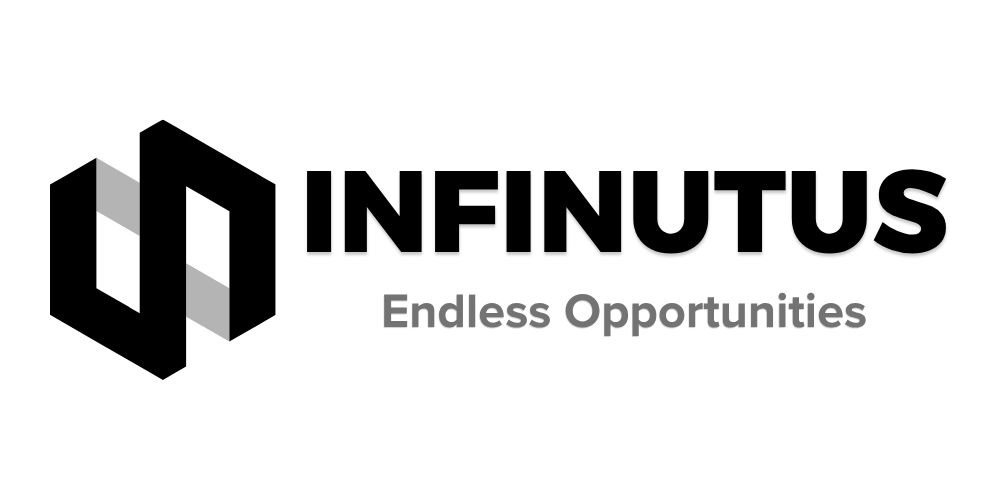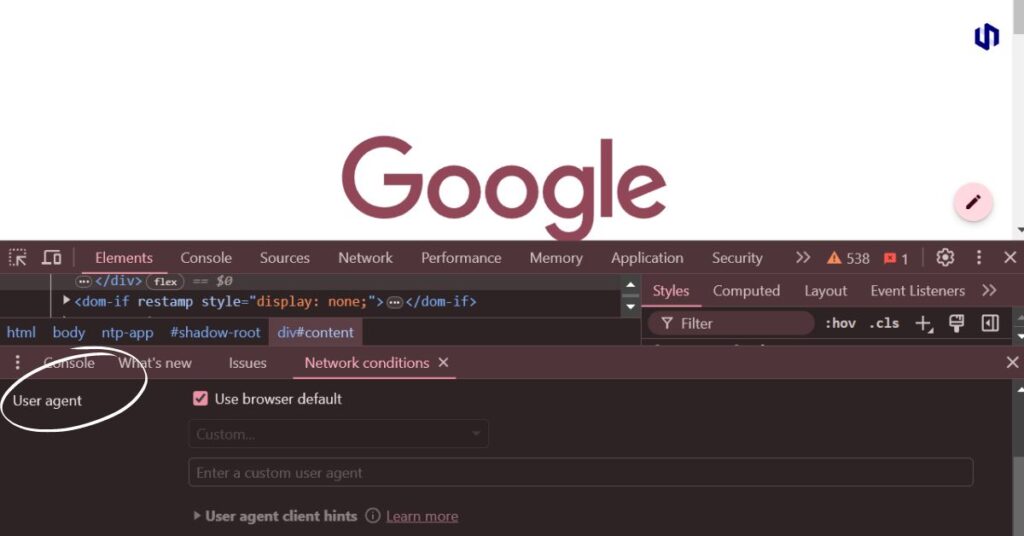
Let’s Master Mobile Email Marketing With Infinutus
With the proliferation of smartphones and the increasing reliance on mobile devices, optimizing email campaigns for mobile users is no longer optional but essential. In this comprehensive guide, we’ll delve into the intricacies of mobile email marketing, exploring its significance, strategies for success, and best practices to ensure your campaigns resonate with your audience.




